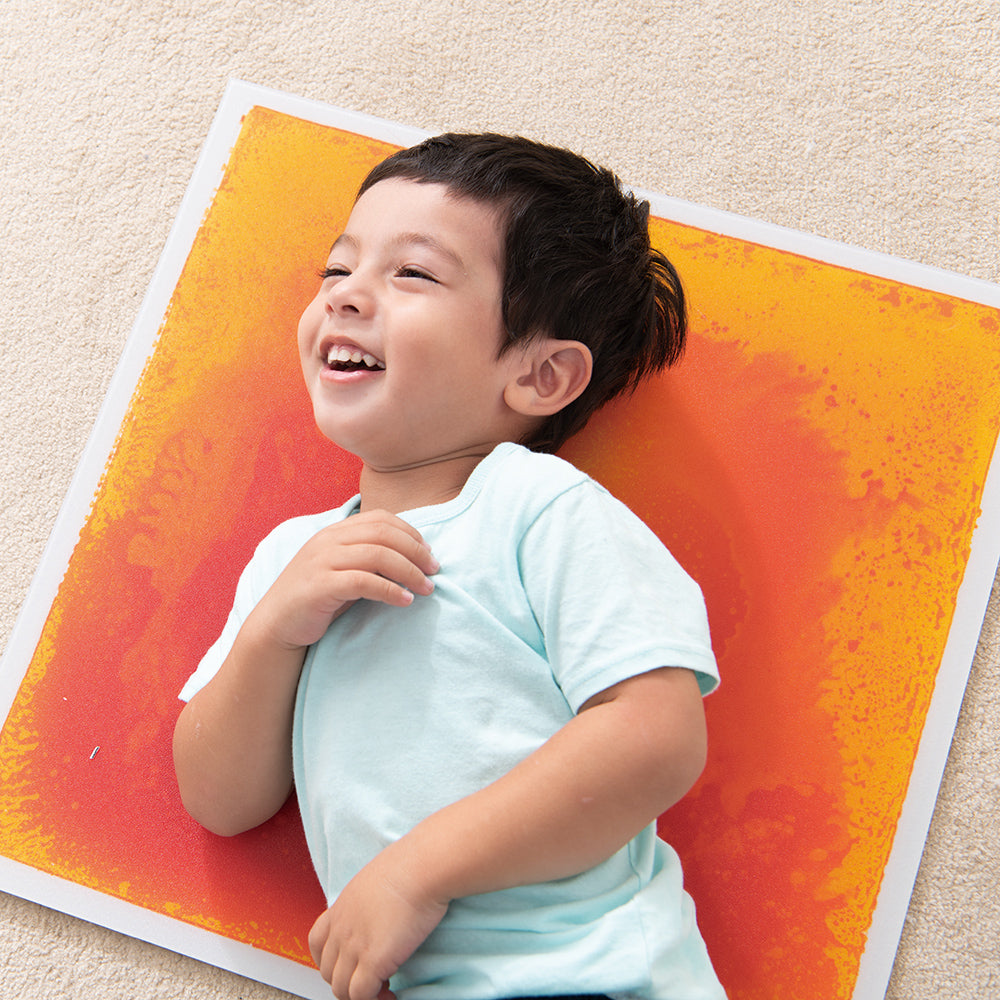Jun 19 , 2023
How do you get your child ready for a Montessori topic ?
We don't vary shelves the same way in the classroom. To reflect the season and the festivities the kids are exposed to, we might update the cultural works. To better reflect the children's interests, we might alter a few works. The whole range of Montessori resources are available to teachers in the classroom, and homemade 3 part cards are passed from one teacher to the next without the need to start from scratch each year. We can display all the items since we have room. Because more kids are continually using the resources, we don't rotate as frequently.
Following Montessori ideas undoubtedly also entails watching your child and emphasising the value of fostering their interests. I discovered that the more I was able to enjoy the majority of the activities we were engaging in together, the more "tolerant" I became of the games and toys that I did not particularly enjoy. For instance, my daughter wanted to play "a lot" with dolls while conjuring up intricate situations in which I had to participate. We played those games frequently. Although I now look back on such playtimes with nostalgia, I remember being quite bored during those times. My efforts to set up our Montessori shelves, teach her to read, increase our collection of Schleich animals, and develop numerous activities centred on those animals all helped. My daughter found those pursuits to be equally delightful, and I was able to put up with "pretend play with her".
How do you pick a theme?
The present interests of your youngster can be listed. You can design some specific units based on that list. It can be something as arbitrary as automobiles, penguins, volcanoes, or "where does chocolate come from".
You can choose to introduce certain subjects in accordance with the seasons or what you anticipate your child will encounter. Festivals and celebrations are a fantastic place to start.
There is a good possibility that your youngster will appreciate the activities if he can relate real life events to the theme. Your child will value having books and resources to further explore a topic after returning from a stroll with queries.
How often should a theme be changed?
I have a really hard time answering this question!
You should always keep an eye on your child, in my opinion. Keep the activities on the shelves as long as he utilises them! It might be time to switch if you notice a widespread loss of enthusiasm in the theme.
I used to have a small notepad on the top shelf where I would scribble down quick observations about what my kids were playing with, how they responded to the activities I was giving them, and what they kept coming back to me asking for. I would check what was on the shelf once a week and update as necessary.
Be adaptable. If your youngster requests for his train set or the rhyme game you had last week after you have rotated, put them back on the shelf.
How do you build a unit?
What do you do now that you have a theme in mind?
I would start by compiling the information you already have on the subject. assemble books, games, and toys. See whether showing them off on a shelf generates attention. Plan a field trip that is relevant to the subject.
You can develop some particular resources based on how your youngster learns. If your youngster enjoys matching cards and items or enjoys spelling, it might be some three-part cards. Given that your youngster enjoys painting and drawing, it can be a themed craft. Or you could figure out ways to make a subject more physical, such acting like creatures from the jungle...

